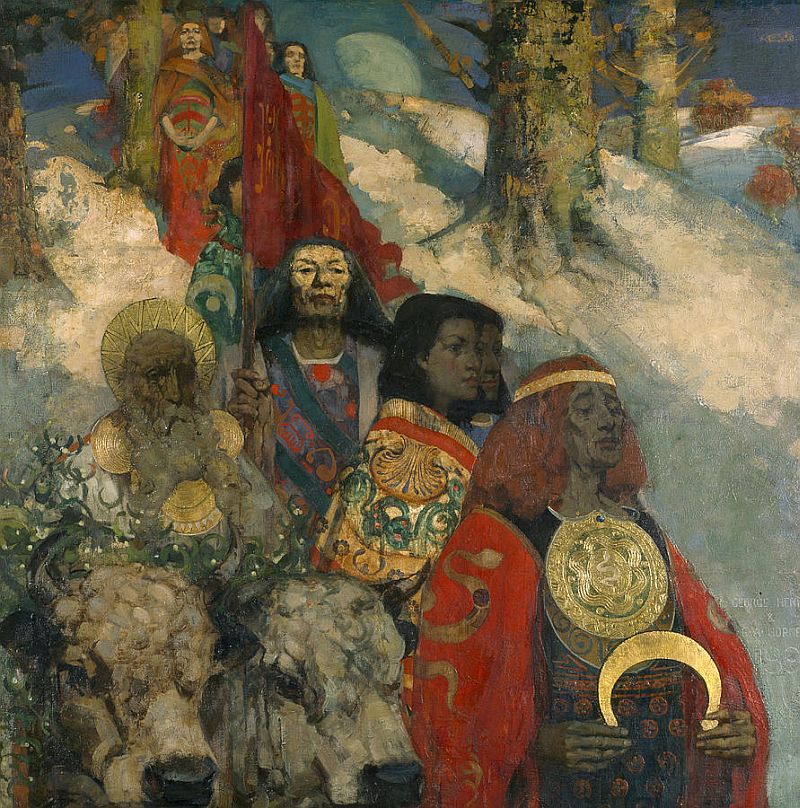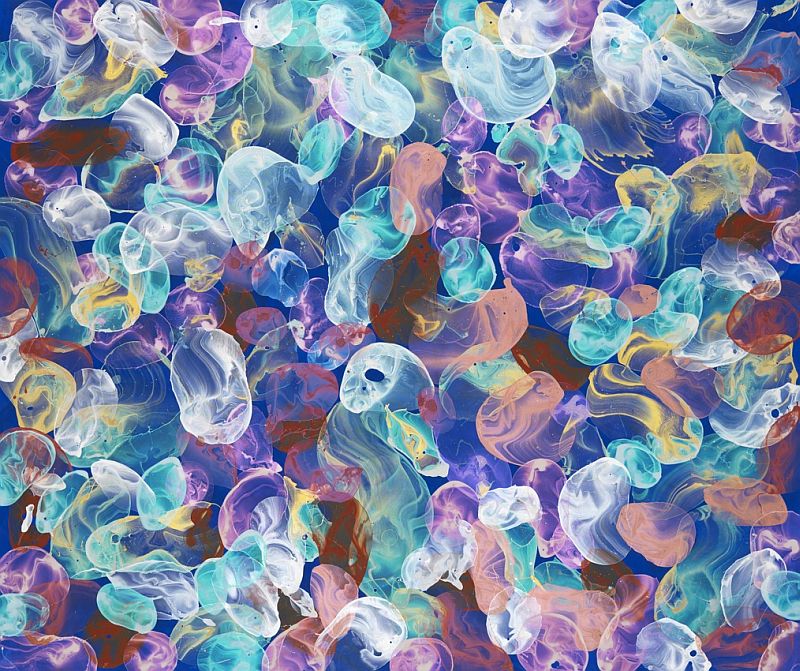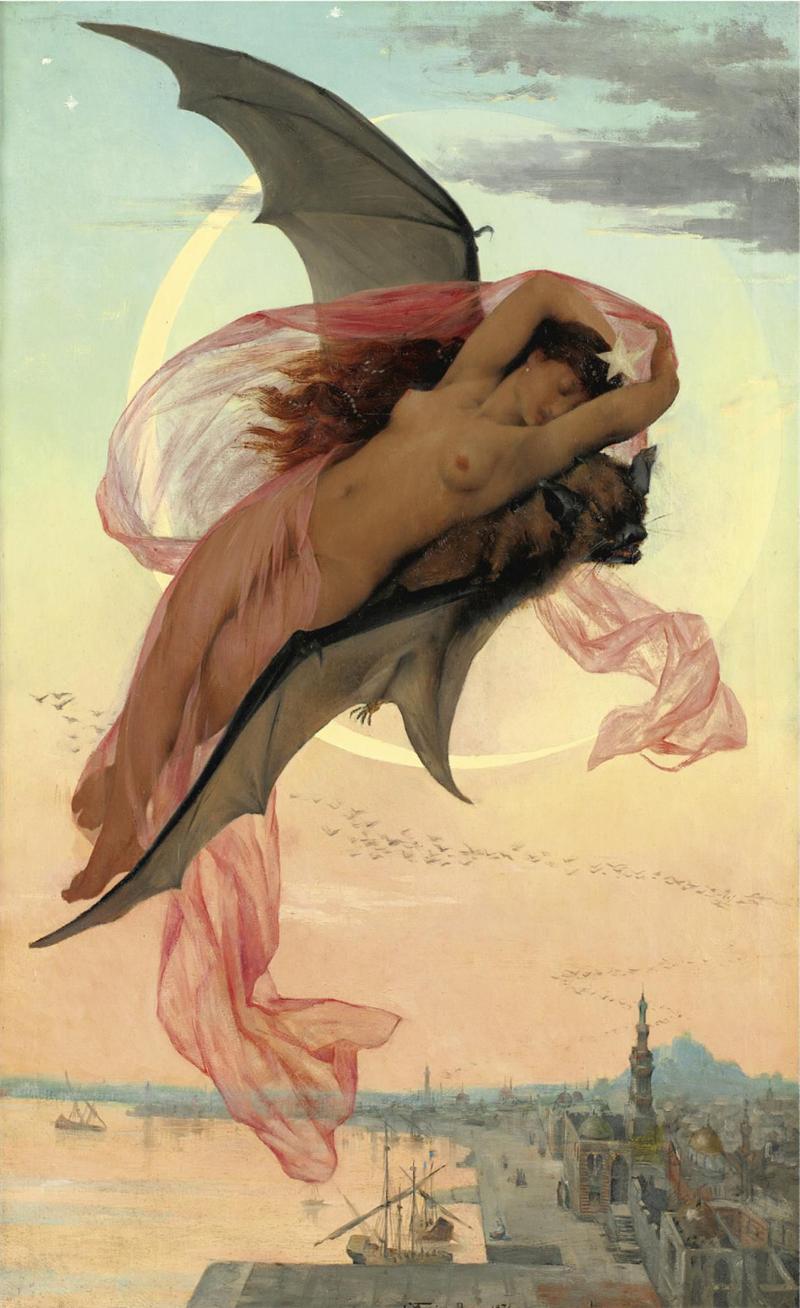Harold Ross
Harold & John Tebbetts, Montana, EE.UU. / USA
Harold Ross es un fotógrafo estadounidense nacido en 1956 que se crió entre Nuevo México y Alemania.
Su familia salía casi cada fin de semana a caminar por el desierto, cabalgar y acampar en las montañas, explorando castillos y antiguos jardines en Alemania y la campiña italiana. Estas salidas, por supuesto, dejaron una fuerte impresión en Harold.
Su padre era un fotógrafo aficionado. De joven Harold lo veía hacer sus impresiones en el cuarto oscuro, y pensaba que era como magia.
Tras regresar con su familia a los Estados Unidos, comenzó a fotografiar la naturaleza. De adolescente compró su primera cámara, una GAF Instamatic. Aún la conserva.
"Bodegón con jarra de cerveza verde / Still Life with Green Stein"
Serie Forjado / Forged Series - "Tuerca / Bolt", 2009
Harold obtuvo su licenciatura en Bellas Artes en el Maryland Institute College of Art en 1978, tras lo cual se dedicó a producir arte y enseñar fotografía en el colegio durante varios años. En 1987 abrió un estudio fotográfico comercial, donde ha estado creando imágenes para clientes nacionales. En su estudio ha ido perfeccionando la poco corriente y difícil técnica de la pintura con luz durante casi 30 años, y sus clientes lo buscan por el incomparable aspecto que brinda a sus fotografías.
En los últimos años se ha vuelto a concentrar en el arte, empleando sus técnicas de pintura con luz.
"Rodamiento con aceiteras / Bearing with Oil Cans", 2011
«Utilizo principalmente luz artificial, aunque en mi serie "Noche", utilizo también luz ambiente en parte de la exposición. Utilizo flahses LED y paneles. En mis talleres enseño teoría de la luz, y una de las cosas más importantes para quienes pintan con luz es comprender que la suavidad de la luz está directamente relacionada con el tamaño virtual y la fuente de luz.
En la pintura con luz, podemos hacer la luz mayor (y más suave) moviéndola en el tiempo. Esto es lo que diferencia el proceso de pintar con luz (me refiero a este proceso como "escultura con luz") de cualquier otro método de iluminación. De hecho podemos obtener los beneficios de una luz pequeña (de aplicación quirúrgica) y de una grande (bellamente suave) con una sola fuente de luz.»
"Casa Biltmore, Hornacina de la Sala de Banquetes / Biltmore House, Banquet Hall Niche"
"Rosas / Roses", 2006
«La pintura con luz en una técnica de transformación muy poderosa. (...) Básicamente, en un entorno oscuro, yo "pinto" con luz sobre mis objetos de una forma muy meditada y controlada. Creo que es interesante destacar la diferencia entre "pintar" con luz y "apuntar" con luz. Abrir el obturador y apuntar con una luz al sujeto no es lo que yo hago. Yo utilizo ángulos, dirección y movimientos de luz cuidadosamente meditados para mejorar y revelar la forma, dimensión y textura. Si está bien hecha, la técnica puede revelarnos cosas que ni siquiera vemos cuando observamos un objeto de forma casual.»
"Cámara Savoy / Savoy Camera"
Serie Tienda de artesanías / Shopcraft Series - "Controles de un torno / Lathe Controls", 2009
«La serie "Tienda de artesanías" (Shopcraft) surge de mi respeto por la gente que crea y trabaja con sus propias manos. Mi abuelo, quien se instruyó en Suiza como herrero (y quien me enseñó a soldar y trabajar con metal, una de mis otras pasiones), me inculcó el respeto por esas herramientas, máquinas y lugares que esa gente utiliza para crear cosas.»
"Aceiteras / Oil Cans"
«Lo más importante respecto a la luz que utilizo es la forma como es difuminada. Yo diseñé un difusor que cambia efectivamente el tamaño de la fuente de luz. Un LED tiene un tamaño de aproximadamente 0.125″ x 0.125″. Con mi difusor incorporado, la fuente de luz se convierte a un diámetro de una pulgada.
El tamaño de la luz está directamente conectado con su suavidad, o sea que incrementando el tamaño hago la luz más suave. En mis talleres, empleo un tiempo considerable enseñando lo que llamo "Los seis principios de la iluminación". Uno de esos principios es que la suavidad está directamente relacionada con el tamaño virtual de la fuente de luz.»
Serie Noche / Night Series - "Arroyo de nieve / Snow Stream"
«Trabajamos con un medio muy técnico, y uno debe tener ciertamente maestría técnica para llevar adelante su visión. Y sin embargo ahí está la trampa... es muy fácil dejarse arrastrar por la increíble cantidad de equipo (y software) que tenemos a nuestra disposición.
Lo más interesante, es que he experimentado esta filosofía en muchas cosas de la vida: carreras de motos, soldadura y otras: la técnica y la experiencia (que residen en el cerebro) son más importantes que cualquier pieza del equipo.»
"Holocaustos Nº 1 / Burnt Offerings #1", 2014
«"Holocaustos" es una serie de imágenes de hojas quemadas. Siempre me he sentido cautivado por la belleza y variedad de las hojas. Fotografiando cosas que han superado su "momento de apogeo", trabajo con la idea de encontrar belleza en cosas que se supone ya no tienen ninguna. En el otoño, las hojas arden hasta la ceniza. Yo decidí quemar algunas de manera controlada para ver qué ocurría, y descubrí algo interesante. Aunque llegando casi a la ceniza conservando su forma, aunque algo deformada, son extremadamente frágiles. Aún con la pérdida de color y casi destruídas por el calor, las he encontrado sumamente bellas.»
"Casa Biltmore, Sala de estar de roble / Biltmore House Oak Sitting Room"
"Bodegón con tomates / Still Life with Tomatoes", 2013
Harold Ross is an American photographer born in 1956 who grew up in New Mexico and Germany.
His parents took the family on outings almost every weekend, hiking in the desert, horseback riding and camping in the mountains, exploring castles and old gardens in Germany and camping in Italy. These outings, of course, left many lasting impressions.
His father was an amateur photographer, and as a youngster, Harold would watch him make prints in the darkroom, and he thought it was like magic.
After moving back with his family to the U.S., he began photographing nature. As a young teenager, he bought his first camera, a GAF Instamatic. He still has that camera today.
He received his B.F.A. from Maryland Institute College of Art in 1978, after which he produced fine art and taught photography at the college level for several years. In 1987, he opened a commercial photography studio, where he has been creating images for national clients. In his studio he has been perfecting the unusual and difficult technique of light painting for almost 30 years, and his clients seek him out for the unparalleled look he brings to a photograph.
In recent years he has once again been concentrating on fine art, in which he employs his light painting techniques.
Serie Tienda de artesanías / Shopcraft Series - "Caja fuerte del ensayador / Assayer’s Safe", 2013
Serie Tienda de artesanías / Shopcraft Series - "Oficina del ensayador / Assayer’s Office", 2013
«The Shopcraft series came from my regard for people that create and work with their hands. My grandfather, who was trained in Switzerland as a blacksmith (and who taught me how to weld and work with metal, one of my other passions), instilled a respect in me for the tools, machines, and places that these people used to create things.»
"Bodegón on uvas / Still Life with Grapes", 2011
"Estudio de una concha Nº 2 / Shell Study #2", 2012
«Como tantos otros, siempre me he sentido fascinado por las conchas marinas, y la idea de que son frágiles obras maestras perfectas, y al mismo tiempo potentes protectores de sus propietarios.
Sus delicadas estructuras soportan las más duras condiciones, y eso con un grado de belleza raras veces visto en la naturaleza.»
«Like so many, I’ve always been fascinated by sea shells, and the idea that they are fragile perfect masterpieces, and at the same time potent protectors of their owners.
Their frail structures endure the harshest conditions, yet do so with a level of beautiful rarely seen in nature.»
"Guillotina de papel LensWork / LensWork Guillotine Cutter"
Serie Noche / Night Series - "Sin título Nº 20 / Untitled #20"
«I mainly use artificial light, but in my Night series, I also use ambient light for part of the exposure. I use LED flashlights and panels. In my workshops, I teach lighting theory, and one of the most important things for light painters to understand is that the softness of light is directly related to the virtual size of the light source.
In light painting, we can make a light larger (and softer) by moving it over time. This is what sets light painting (I refer to the process as “sculpting with light”) apart from any other method of lighting. We can actually get the benefits of a smaller light (more surgical application) and a larger light (beautiful softness) with one light source!»
"Las pipas de mi abuelo / My Grandfather's Pipes"
«Light painting is a very powerful and transformative technique. (...) Basically, in a darkened environment, I “paint” light onto my subjects in a very thoughtful, controlled way. I think it’s interesting to point out the difference between light “painting”, and light ”pointing”. Opening the camera and pointing a light at the subject is not what I do. Instead, I use the carefully thought out angle, direction and movement of the light to enhance and reveal shape, dimension and texture. If done well, the technique can reveal to us things which we don’t even see as we observe the subject casually.»
«The most important thing about the light that I use is the way in which it is diffused. I designed a diffuser which effectively changes the size of the light source. An LED is approximately 0.125″ x 0.125″ in size. With my diffuser attached, the light source becomes a 1 inch diameter light source.
The size of the light is directly connected to the softness of the light, so increasing the size makes the light softer. In my workshops, I spend considerable time teaching what I call “The Six Principles of Lighting”. One of these principles is that softness is directly related to the virtual size of the light source.»
"Holocaustos Nº 3 / Burnt Offerings #3", 2014
«“Burnt Offerings” is a series of images of burned leaves. I’ve always been captivated by the beauty and variety of leaves. In photographing things that are “past their prime”, I work with the notion of finding beauty in things which are thought to no longer have any. In the fall, leaves are burned to ash. I decided to burn some leads to see what would happen to them, and I discovered something interesting. Although rendered to near ash they held their shape, albeit somewhat deformed, and are extremely fragile. Although devoid of color and nearly destroyed by the heat, I find them to be quite beautiful.»
Serie Forjado / Forged Series
"Las herramientas de mi padre / My Father’s Tools"
«We are working in a very technical medium, and there has to be a certain mastery of technique in order to put forth one’s vision. Here’s the trap, however… it’s too easy to get drawn to the amazing array of equipment (and software) that we have available to us.
Interestingly, I’ve experienced this philosophy in many things in life: motorcycle racing, welding, and others. Technique and experience (these reside in the brain) are more important than any piece of equipment.»
_________________________________________________________
Harold ofrece regularmente talleres y demostraciones de pintura con luz. Se puede obtener información sobre los mismos en su blog. (ver más abajo)
Harold offers regularly workshops and demonstrations about painting with light. You can get information about them in his blog. (see below)
Los textos están tomados del sitio web y el blog de Harold, de una entrevista publicada en Photigy que puede leerse completa (en inglés) aquí, y de otra publicada en PicsArt.
Texts from Harold's website and blog, from an interview published in Photigy, and from another one posted in PicsArt.
Más imágenes e información sobre Harold en / More images and information about Harold in:
Imágenes publicadas con autorización del artista (¡Muchas gracias, Harold!)
Images published here with artist's permission (Thanks a lot, Harold!)

Algunos ejemplos de trabajos realizados por estudiantes en los talleres de Harold. Pueden verse muchas más aquí /
Some samples of works by students in Harold's workshops. You can see many more here.
Dan Gerth
Cam Miller
Pavel Kolman
George Riling
Steve Maxx




















































































































































































































































































































































































































